Home>Garden Essentials>How And When To Do Lawn Care In Texas
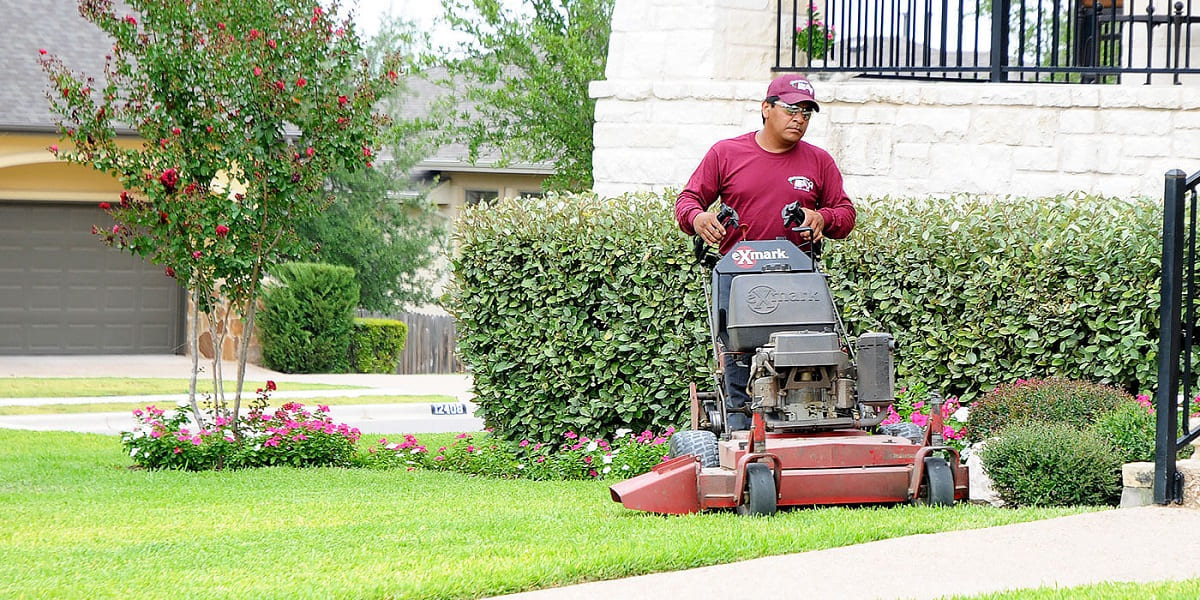

Garden Essentials
How And When To Do Lawn Care In Texas
Modified: September 2, 2024
Learn the best tips and techniques for garden lawn care in Texas. Discover when to do lawn care activities and achieve a lush, healthy garden all year round.
(Many of the links in this article redirect to a specific reviewed product. Your purchase of these products through affiliate links helps to generate commission for Storables.com, at no extra cost. Learn more)
Introduction
Welcome to the world of gardening in Texas! With its vast landscapes and diverse climates, Texas offers unique challenges and opportunities when it comes to lawn care. Whether you are a seasoned gardener or just starting out, understanding the Texas climate and adopting the right lawn care practices is crucial for maintaining a lush and healthy lawn.
When it comes to gardening, Texas is known for its hot and dry summers, mild winters, and variable rainfall patterns. This means that proper lawn care requires careful consideration of factors such as grass type, watering schedules, fertilization, and weed control.
In this article, we will explore the key aspects of maintaining a beautiful and thriving lawn in Texas. From choosing the right grass type to dealing with common lawn issues, we will provide you with valuable insights and practical tips to help you achieve the lawn of your dreams.
So, whether you’re located in the humid Gulf Coast, the arid West Texas, or the temperate North Texas, read on to discover how and when to do lawn care in Texas.
Key Takeaways:
- Choose the right grass type for your Texas lawn based on climate, soil, and maintenance needs. Consider St. Augustine, Bermuda, Zoysia, Buffalo, or Tall Fescue for a thriving and resilient lawn.
- Maintain a healthy Texas lawn by following basic care practices, using the right tools, and addressing common issues like pests, diseases, and weeds. Tailor your care routine to your specific grass type and local climate for best results.
Read more: When To Seed Lawn In Texas
Understanding the Texas Climate
Texas is known for its diverse climate, ranging from humid subtropical in the coastal areas to arid and semiarid in the western regions. The state experiences hot summers and mild winters, with temperatures varying significantly across different regions. Understanding the Texas climate is essential for effective lawn care, as it directly influences the health and maintenance requirements of your lawn.
Several factors influence lawn care in Texas:
- Temperature: During the summer, temperatures can soar above 100°F (38°C) in many parts of Texas. This extreme heat can put stress on your lawn, making it more susceptible to damage from pests, diseases, and drought. In contrast, winters are relatively mild, with occasional freezes in some areas.
- Rainfall: Texas has a variable rainfall pattern, with the coastal regions receiving more precipitation than the western parts of the state. This means that depending on your location, you may need to supplement rainfall with irrigation to keep your lawn adequately hydrated.
- Soil types: Texas is home to a wide range of soil types, including sandy soils, clay soils, and loamy soils. The composition of your soil will affect its drainage, nutrient retention, and overall health. Conducting a soil test can help you determine the specific needs of your lawn.
- Sun exposure: Many parts of Texas receive abundant sunshine throughout the year. While sunlight is essential for healthy grass growth, excessive exposure can lead to heat stress and increased water evaporation. It’s important to consider the sun exposure of your lawn when planning your lawn care routine.
- Native plants and vegetation: Texas is home to a diverse range of native grasses and plants that are well-adapted to the local climate. Incorporating native species in your lawn can enhance its resilience and reduce the need for excessive maintenance and resources.
Seasonal variations in Texas have a significant impact on lawn care practices:
- Spring: Spring is a crucial time for lawn care, as it marks the beginning of the growing season in Texas. This is the ideal time to prepare your lawn by aerating, dethatching, and applying fertilizer. It’s also a good time to address any weed issues before they become more problematic.
- Summer: Summer is the most challenging season for lawn care in Texas due to the scorching heat and limited rainfall. It’s important to adjust your watering routine accordingly and provide your lawn with sufficient hydration. Proper mowing and avoiding excessive foot traffic can also help your grass withstand the stress of summer.
- Fall: Fall is a time of transition and recovery for lawns in Texas. As temperatures cool down, it’s a good time to overseed and establish new grass. Fall is also a critical period for weed prevention and control.
- Winter: While winters in Texas are relatively mild, it’s still important to take some precautions to protect your lawn. Avoid overwatering and adjust your mowing height to promote healthier grass growth. Winter is also the perfect time to tackle any dormant weed issues.
By understanding the Texas climate and its seasonal variations, you can create a customized lawn care plan that addresses the specific needs of your grass and ensures its long-term health and beauty.
Choosing the Right Grass Type for Your Texas Lawn
One of the most crucial decisions you’ll make for your Texas lawn is selecting the right grass type. The ideal grass type for your lawn will depend on various factors, including your location, climate, soil type, and preferred aesthetics. Here are some popular grass types that thrive in different regions of Texas:
- St. Augustine Grass: St. Augustine grass is a popular choice for Texas lawns, particularly in the coastal regions. It has excellent heat and salt tolerance, making it well-suited for the hot and humid conditions along the Gulf Coast. St. Augustine grass thrives in full sun to partial shade.
- Bermuda Grass: Bermuda grass is a warm-season grass that can withstand the intense heat and drought conditions found throughout Texas. It has excellent wear tolerance and recovers quickly from damage. Bermuda grass flourishes in full sun and requires regular mowing and watering during the growing season.
- Zoysia Grass: Zoysia grass is another popular choice for Texas lawns, known for its drought tolerance and ability to withstand heavy foot traffic. It thrives in full sun to partial shade and requires less mowing and maintenance compared to Bermuda grass. Zoysia grass is well-suited for the Central and Southern regions of Texas.
- Buffalo Grass: Buffalo grass is a native grass that is well-adapted to the arid and semiarid regions of Texas. It requires less water and maintenance compared to other grass types. Buffalo grass thrives in full sun and is known for its excellent heat and drought tolerance.
- Tall Fescue: Tall Fescue is a cool-season grass that can be grown in the transitional regions of Texas. It is known for its ability to tolerate shade and cooler temperatures. Tall Fescue requires more water and maintenance compared to warm-season grasses, but it provides year-round greenery in areas with mild winters.
When choosing the right grass type, consider factors such as water requirements, shade tolerance, wear tolerance, and maintenance needs. It’s also a good idea to consult with your local gardening center or landscape professional to determine which grass type is best suited for your specific location.
Remember, selecting the right grass type is the foundation of a healthy and successful lawn. By choosing a grass variety that is well-suited to the Texas climate, you’ll be laying the groundwork for a thriving and beautiful lawn that can withstand the challenges of the Texas environment.
Important Tools and Equipment for Lawn Care in Texas
Having the right tools and equipment is essential for effective lawn care in Texas. These tools not only help you maintain your lawn efficiently but also ensure that you achieve the best results. Here are some important tools and equipment to have in your arsenal:
- Lawn Mower: A good quality lawn mower is a must-have for maintaining a well-manicured lawn. Depending on the size of your lawn, you can choose either a push mower or a riding mower. Make sure to select a mower with adjustable cutting heights to accommodate different grass types.
- String Trimmer: A string trimmer, also known as a weed eater or weed whacker, is essential for trimming grass and weeds in hard-to-reach areas such as around trees, fences, and flower beds. It helps you achieve a clean and well-defined lawn edge.
- Lawn Edger: A lawn edger allows you to create crisp and neat edges along driveways, walkways, and flower beds. It gives your lawn a polished and professional look.
- Blower: A leaf blower is handy for clearing debris, leaves, and grass clippings from your lawn. It saves time and effort compared to using a rake and helps keep your lawn clean and free of obstructions.
- Hand Tools: Various hand tools, such as a rake, shovel, garden trowel, and pruning shears, are essential for general maintenance tasks, including raking leaves, planting flowers, and pruning shrubs. Invest in high-quality, durable tools that will last for years.
- Irrigation System: In Texas, where water availability can be limited, installing an efficient irrigation system is crucial for maintaining a healthy lawn. Options include sprinklers, drip irrigation systems, and soaker hoses. Automated systems with timers and moisture sensors can help conserve water and ensure proper hydration for your lawn.
- Fertilizer Spreader: Applying fertilizer is an essential part of lawn care to provide the necessary nutrients for healthy growth. A fertilizer spreader helps distribute the fertilizer evenly across your lawn, ensuring proper coverage and avoiding uneven application.
- Weed Control Tools: To keep your lawn weed-free, invest in weed control tools such as a handheld weeder, weed puller, or a specialized weed control tool designed to remove weeds with minimal effort and root disturbance.
Regular maintenance and proper use of these tools and equipment will help you achieve a well-maintained and healthy lawn in Texas. Remember to always prioritize safety when operating power tools and follow the manufacturer’s instructions for proper maintenance and storage of your equipment.
Having the right tools at your disposal will make lawn care tasks easier and more efficient, allowing you to enjoy a beautiful and vibrant lawn throughout the year.
Basic Lawn Care Practices
To keep your Texas lawn looking lush and vibrant, it’s important to implement basic lawn care practices. These practices include proper mowing techniques, watering guidelines, and fertilization and weed control. Let’s explore each of these in detail:
Mowing Techniques and Frequency
Mowing your lawn correctly is essential for maintaining its overall health and appearance. Here are some key points to keep in mind:
- Mowing Height: Adjust your mower’s cutting height to keep your grass at an optimal height. For most warm-season grasses in Texas, a height of around 2.5 to 3.5 inches is recommended.
- Frequency: Regular mowing is important, especially during the growing season. Aim to mow your lawn when it has grown to about one-third higher than the recommended cutting height. Avoid cutting more than one-third of the grass blade at a time, as this can stress the grass and impact its health.
- Mowing Pattern: Vary your mowing pattern each time to prevent compacting the soil and creating ruts. Alternating the direction of mowing will help your grass grow upright and maintain an even appearance.
- Grass Clippings: Leaving grass clippings on your lawn after mowing can help provide nutrients and moisture to the soil. If the clippings are excessive or clump, use a mulching mower or rake them up to avoid smothering the grass.
Watering Guidelines for Texas Lawns
Proper watering is crucial for the health and survival of your Texas lawn. Here are some guidelines to keep in mind:
- Deep and Infrequent Watering: Instead of frequent light watering, encourage deep root growth by providing your lawn with 1 to 1.5 inches of water per week. Watering deeply and infrequently encourages the roots to grow deeper and makes the grass more tolerant to drought conditions.
- Early Morning Watering: Water your lawn in the early morning to minimize water evaporation and allow the grass blades to dry before evening, reducing the risk of disease development.
- Avoid Overwatering: Be mindful not to overwater your lawn, as this can lead to shallow root growth, increased vulnerability to disease, and water waste. Consider using a rain gauge or water meter to determine when your lawn needs irrigation.
- Consider Drought-Tolerant Grasses: If water availability is a concern, consider replacing your existing grass with drought-tolerant varieties such as Buffalo grass or Zoysia grass, which require less water and are better suited for Texas’ arid conditions.
Fertilization and Weed Control
Proper fertilization and weed control are essential for maintaining a healthy and vibrant lawn in Texas. Here are some key points to keep in mind:
- Soil Test: Conduct a soil test to determine the nutrient levels and pH of your soil. This will help you select the right fertilizer and determine the appropriate application rate.
- Fertilizer Application: Apply fertilizer according to the recommended schedule and dosage for your specific grass type. In Texas, warm-season grasses typically benefit from fertilization during the growing season, with lighter applications in the spring and summer and a heavier application in the fall.
- Weed Control: Implement a proactive weed control strategy by regularly inspecting your lawn for weeds and treating them promptly. Consider using pre-emergent herbicides to prevent weed seeds from germinating, along with selective herbicides to target existing weeds.
- Organic Options: If you prefer an organic approach, consider using natural fertilizers, such as compost or organic lawn care products. There are also organic weed control options available, including manual removal and the use of organic herbicides.
By following these basic lawn care practices, you can ensure the health, beauty, and longevity of your Texas lawn. Remember that consistency and regular maintenance are key to achieving the best results. Adjust your lawn care practices based on your specific grass type, location, and environmental conditions to optimize your lawn’s performance.
Dealing with Common Texas Lawn Issues
Maintaining a healthy lawn in Texas can sometimes be challenging due to common issues such as pests, diseases, and weed infestations. Fortunately, there are strategies and techniques you can employ to combat these problems and keep your lawn thriving. Let’s explore two prevalent lawn issues in Texas: pests and diseases, and Texas-specific weed management strategies:
Read more: When Do I Plant Native Seed In Texas
Pests and Diseases
Various pests and diseases can impact the health and appearance of your Texas lawn. Here are some common culprits and steps you can take to control them:
- Chinch Bugs: Chinch bugs are a common lawn pest in Texas, especially in St. Augustine grass. These small insects feed on grass blades and can cause yellowish patches and stunted growth. To control chinch bugs, maintain a healthy lawn through proper mowing and watering practices. If infestation occurs, treat with insecticides specifically targeted for chinch bugs.
- Fire Ants: Fire ants are notorious for their painful stings and large mound colonies. To control fire ants, use bait or granular insecticides labeled for fire ant control. Follow the directions carefully and consider applying treatments during cooler weather periods when the ants are more active near the surface.
- Brown Patch: Brown patch is a common fungal disease that affects many grass types in Texas, particularly during periods of high humidity. To prevent brown patch, avoid overwatering, improve air circulation, and minimize excessive nitrogen fertilizer application. Fungicides can be used if infection becomes severe.
- Powdery Mildew: Powdery mildew is a fungal disease that leaves a white, powdery substance on grass blades. To control powdery mildew, maintain proper airflow and reduce humidity by spacing plants and watering in the morning. Fungicidal treatments may help in severe cases.
Texas-Specific Weed Management Strategies
Weeds can quickly invade and take over a Texas lawn if left unchecked. Here are some strategies to effectively manage and control weeds in your lawn:
- Maintain a Healthy Lawn: By maintaining a healthy and dense lawn, you can minimize weed invasions. Proper mowing, watering, and fertilization practices will help your grass outcompete weeds.
- Properly Identify Weeds: Different weeds require specific control methods. Take the time to identify the weeds present in your lawn so that you can choose the appropriate control methods.
- Pre-Emergent Herbicides: Applying pre-emergent herbicides in early spring can prevent weed seeds from germinating, significantly reducing the weed population in your lawn. Follow label instructions carefully and apply at the recommended time.
- Post-Emergent Herbicides: For existing weeds, consider using post-emergent herbicides that target specific weed types. Follow the recommended dosage and application instructions to effectively eliminate weeds without damaging your grass.
- Hand-Pulling and Spot Treatment: For isolated or small weed patches, manually pull or dig out the weeds, ensuring you remove the entire root system. Spot treatment with herbicides can also be effective for select stubborn weeds.
Remember, prevention and early intervention are key to managing pests, diseases, and weeds in your Texas lawn. Regular inspections, proper lawn care practices, and prompt action will help you maintain a healthy and resilient lawn that can withstand these common challenges.
Additional Considerations for Maintaining a Healthy Texas Lawn
While mowing, watering, fertilizing, and addressing common lawn issues are essential for maintaining a healthy Texas lawn, there are a few additional considerations to keep in mind. These factors can further enhance the health and beauty of your lawn. Let’s explore them:
Aerate Your Lawn
Aeration involves creating small holes in your lawn to loosen compacted soil and improve air circulation. Texas lawns, especially those with clay soils, can benefit greatly from aeration. This process allows water, air, and nutrients to penetrate deeper into the soil, promoting healthier root growth and overall lawn vitality. Consider aerating your lawn annually or as recommended by a lawn care professional.
Read more: When To Plant Loofah In Texas
Overseed and Renovate
Overseeding is the process of spreading grass seed over an existing lawn to fill in thin or bare spots and enhance its density. In Texas, overseeding warm-season grasses with cool-season grasses during the fall can provide green color and coverage throughout the winter months. Renovating your lawn by removing old grass and weeds and starting fresh with new seed or sod can also help restore the health and appearance of your lawn.
Promote Pollinator-Friendly Practices
Creating a pollinator-friendly lawn not only benefits the environment but also enhances the beauty of your Texas landscape. Consider incorporating native wildflowers, flowering plants, and shrubs that attract bees, butterflies, and other beneficial insects. These plants not only add visual interest but also provide food and habitat for pollinators. Limit the use of herbicides and pesticides in these areas to protect pollinators and other beneficial wildlife.
Practice Proper Lawn Maintenance
In addition to regular mowing, watering, and fertilizing, there are a few other maintenance practices that can contribute to the overall health of your Texas lawn:
- Weed Spotting: Regularly inspect your lawn for any emerging weeds and remove them manually or treat them with spot herbicides before they have a chance to spread.
- Correct Shade and Sun Exposure: Understand the shade and sun exposure in different areas of your lawn and adjust your landscaping accordingly. This may involve trimming overhanging trees to allow more sunlight to reach the grass or planting shade-tolerant varieties in shaded areas.
- Soil Testing and Amendments: Conduct periodic soil tests to check the nutrient levels and pH balance of your soil. Based on the results, you can make informed decisions about adding amendments such as lime or organic matter to optimize the soil conditions for your grass.
- Sustainable Practices: Adopt sustainable lawn care practices to conserve resources and minimize waste. Use organic fertilizers, practice water conservation techniques like xeriscaping, and avoid overuse of chemicals that can harm the environment.
By incorporating these additional considerations into your lawn care routine, you can create a more resilient and environmentally friendly lawn that thrives in the Texas climate.
Conclusion
Caring for a lawn in Texas may come with its own set of challenges, but with the right knowledge and practices, you can achieve and maintain a healthy and beautiful lawn. From understanding the Texas climate and choosing the right grass type to utilizing the proper tools and equipment, there are several factors to consider when caring for your Texas lawn.
By implementing basic lawn care practices such as proper mowing techniques, watering guidelines, and fertilization and weed control, you can promote the overall health and vitality of your lawn. These practices help ensure that your grass receives the nutrients, hydration, and care it needs to thrive even in the hot and often unpredictable Texas climate.
Dealing with common lawn issues like pests, diseases, and weeds requires vigilance and proactive measures. Identifying and addressing these issues early on will prevent them from causing significant damage to your lawn and help maintain its appearance and longevity.
Additionally, incorporating considerations such as aeration, overseeding, and promoting pollinator-friendly practices can further enhance the health and aesthetics of your Texas lawn. By paying attention to these details and staying committed to proper lawn maintenance, you can enjoy a vibrant and resilient lawn that stands out in your neighborhood.
Remember, every lawn is unique, and it’s essential to tailor your lawn care practices to your specific grass type, location, and environmental conditions. Consulting with local gardening experts or professionals can provide valuable insights and guidance for maintaining a healthy Texas lawn.
So, embrace the beauty of gardening in Texas and put your knowledge into action. With proper care, your lawn will flourish, providing you with a beautiful outdoor space to relax, play, and enjoy the great outdoors.
Frequently Asked Questions about How And When To Do Lawn Care In Texas
Was this page helpful?
At Storables.com, we guarantee accurate and reliable information. Our content, validated by Expert Board Contributors, is crafted following stringent Editorial Policies. We're committed to providing you with well-researched, expert-backed insights for all your informational needs.
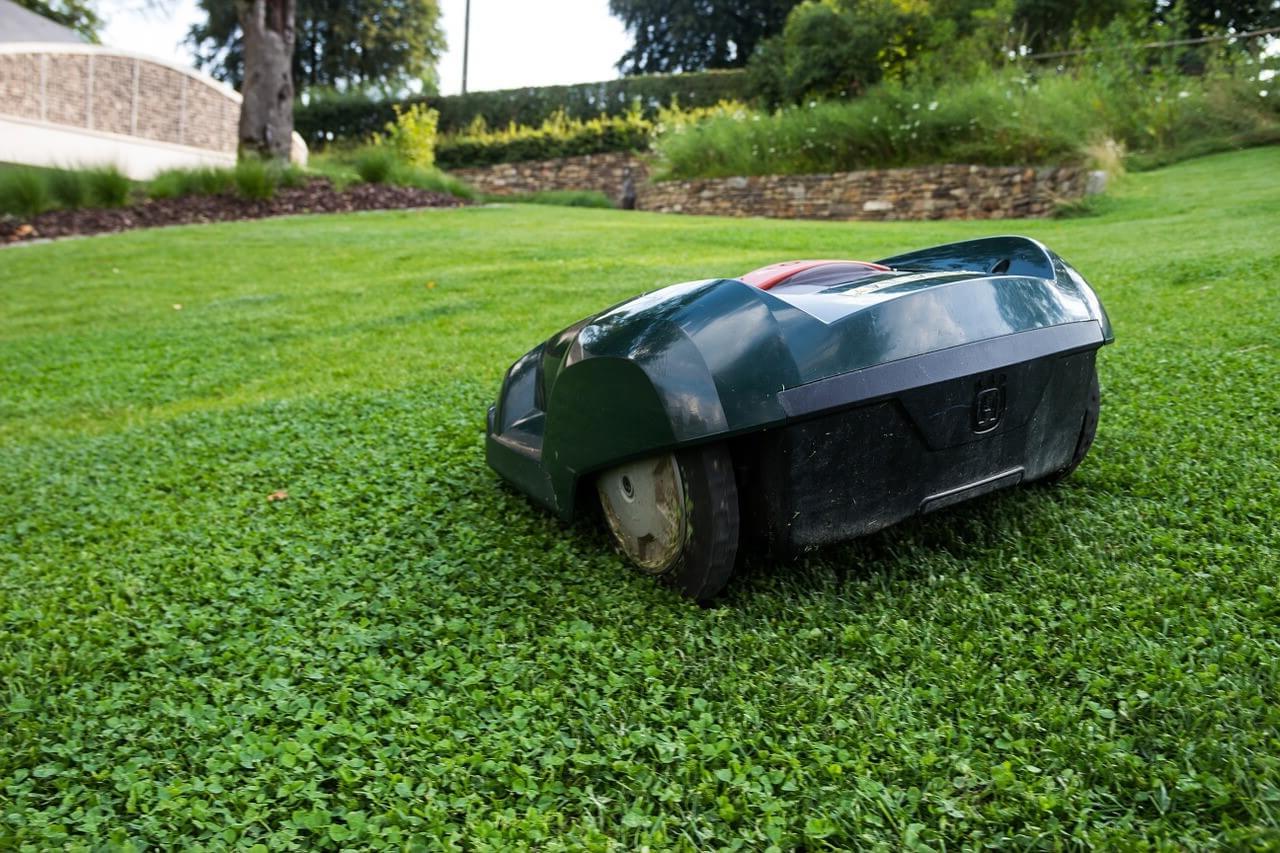
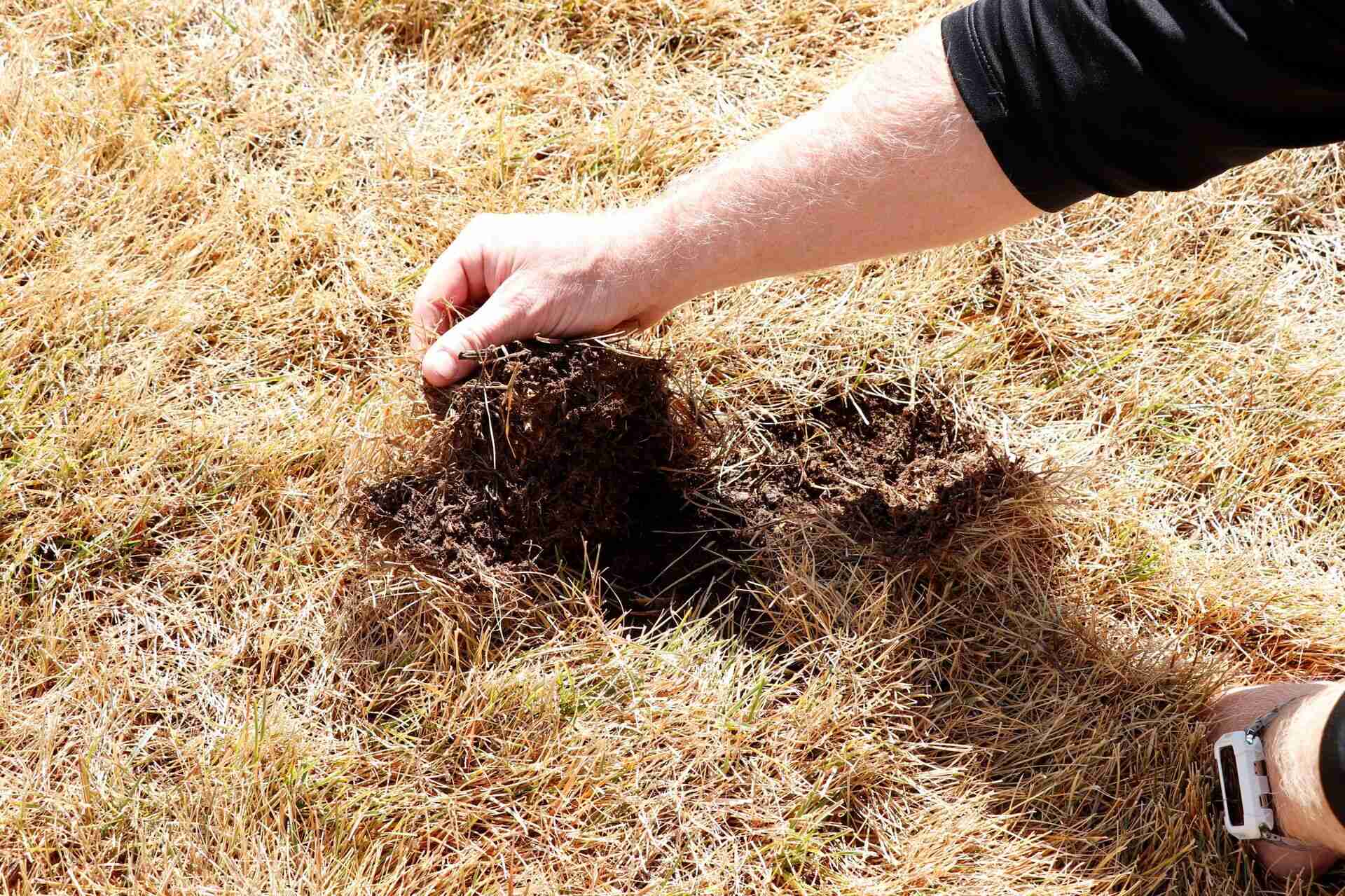
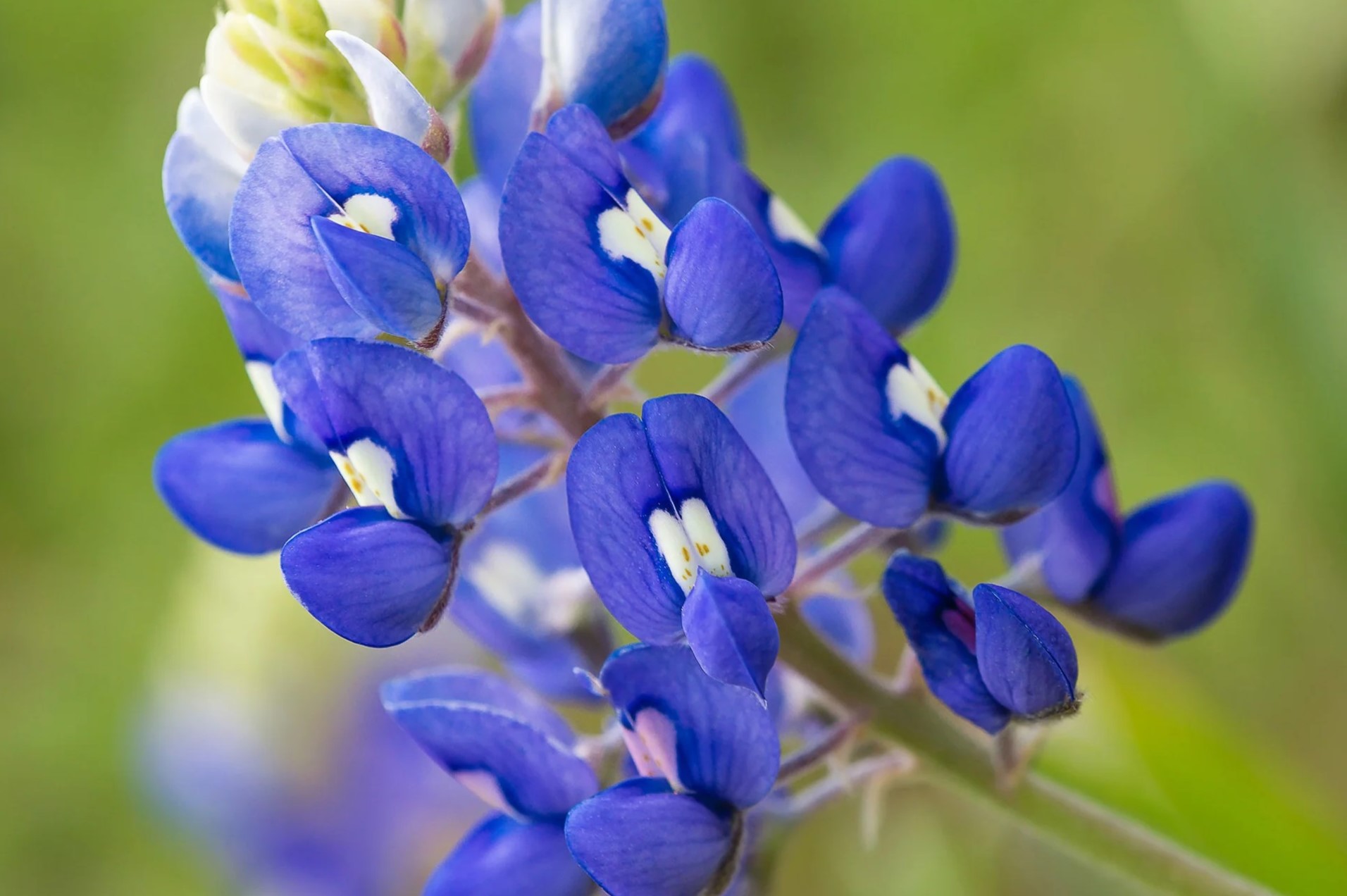

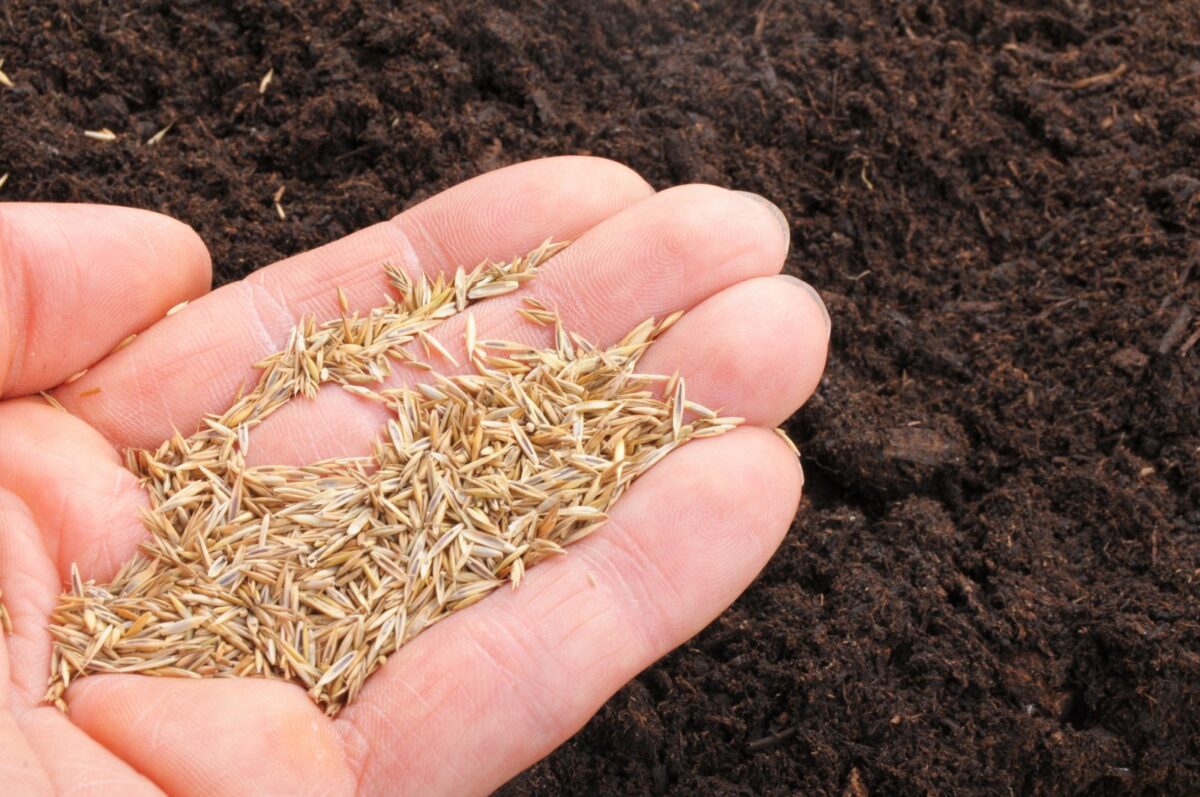
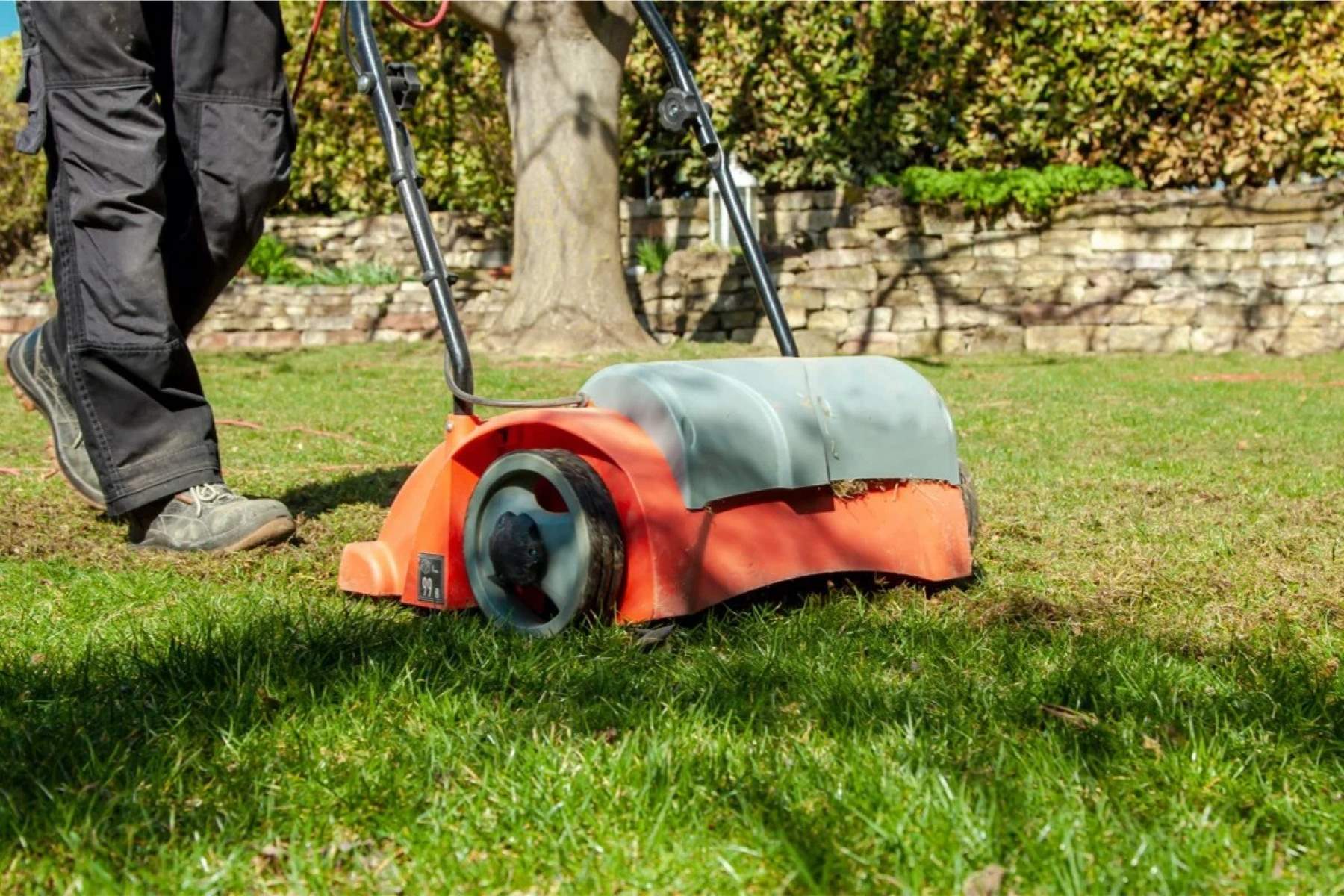
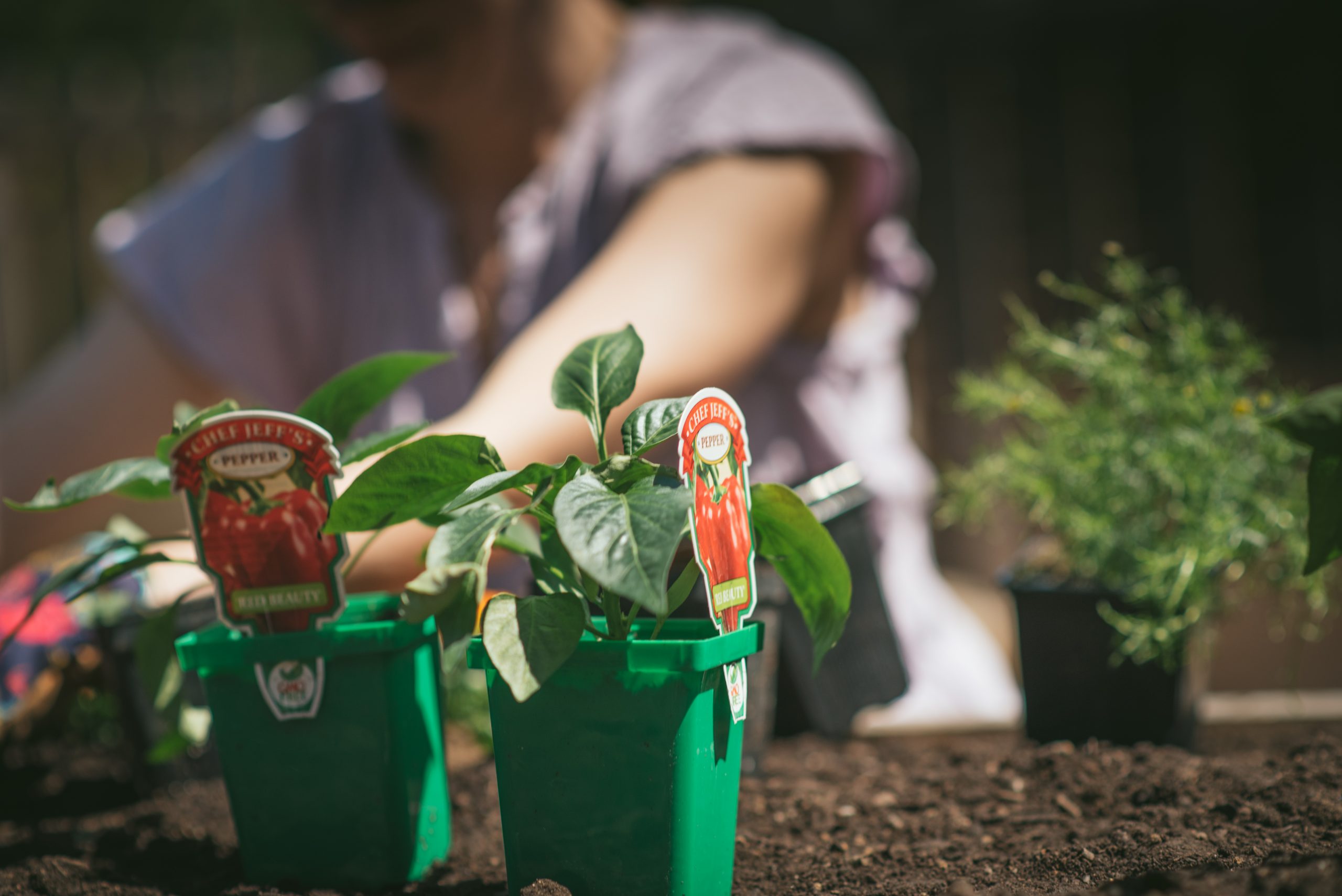
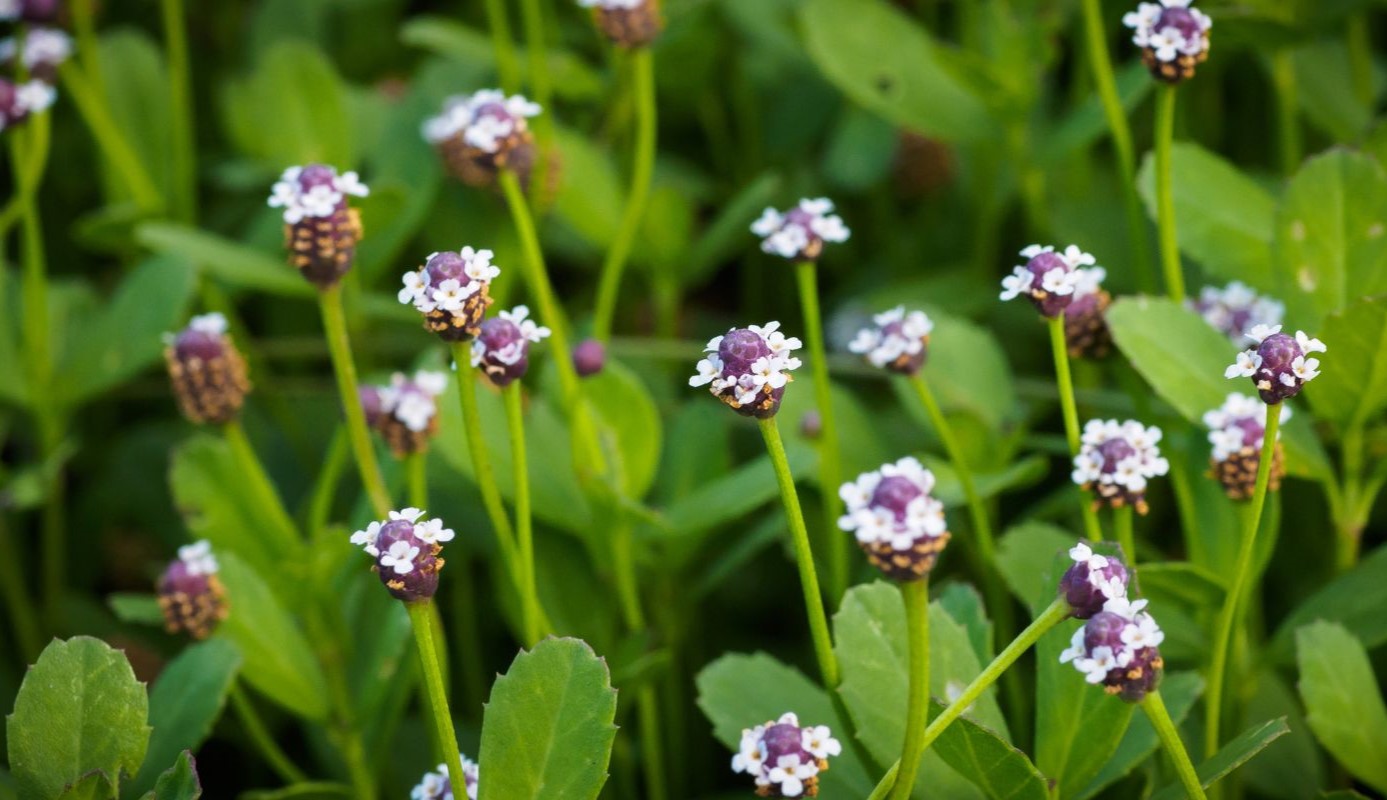
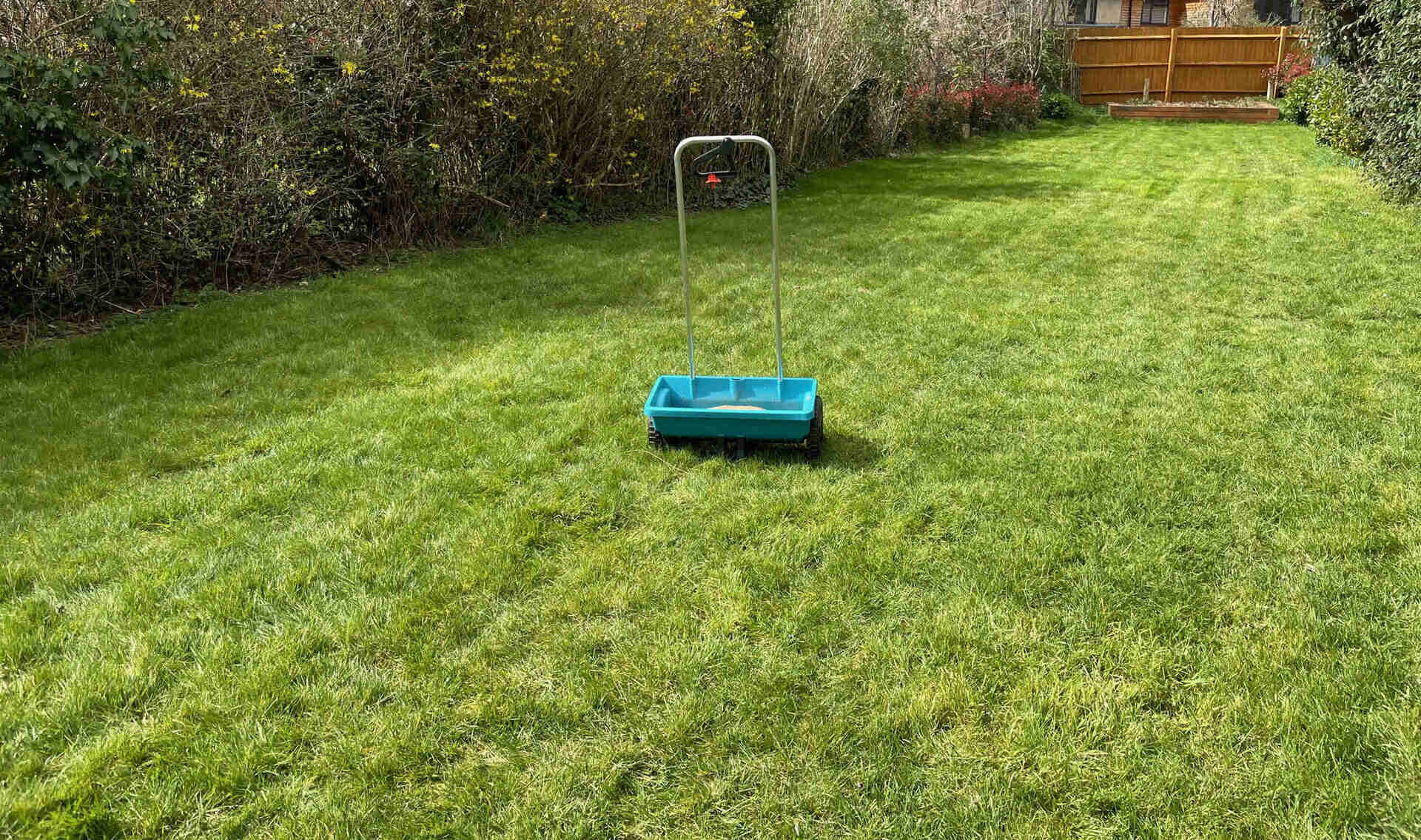
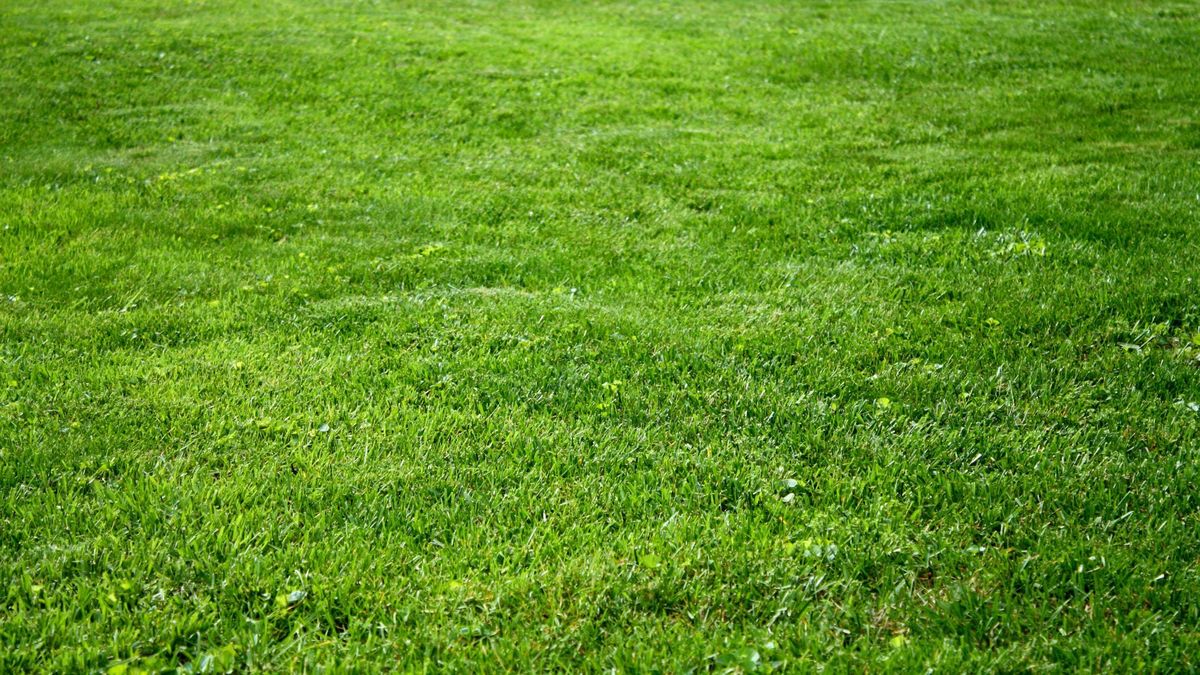
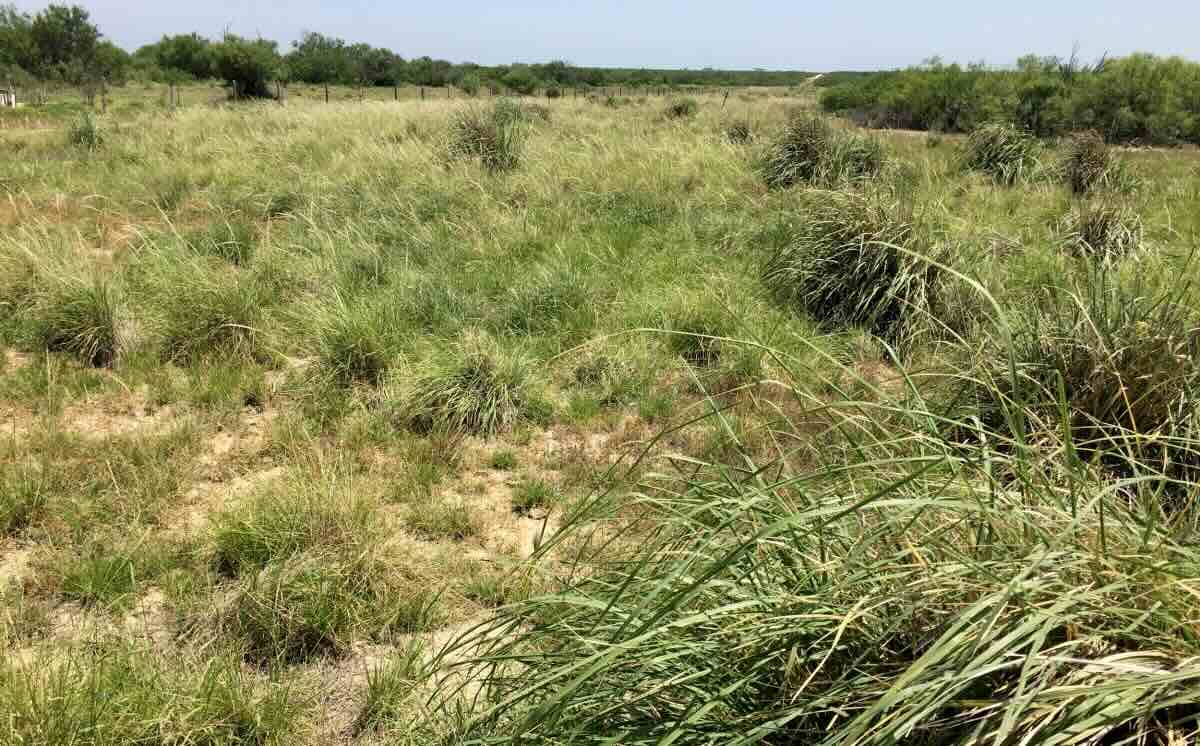
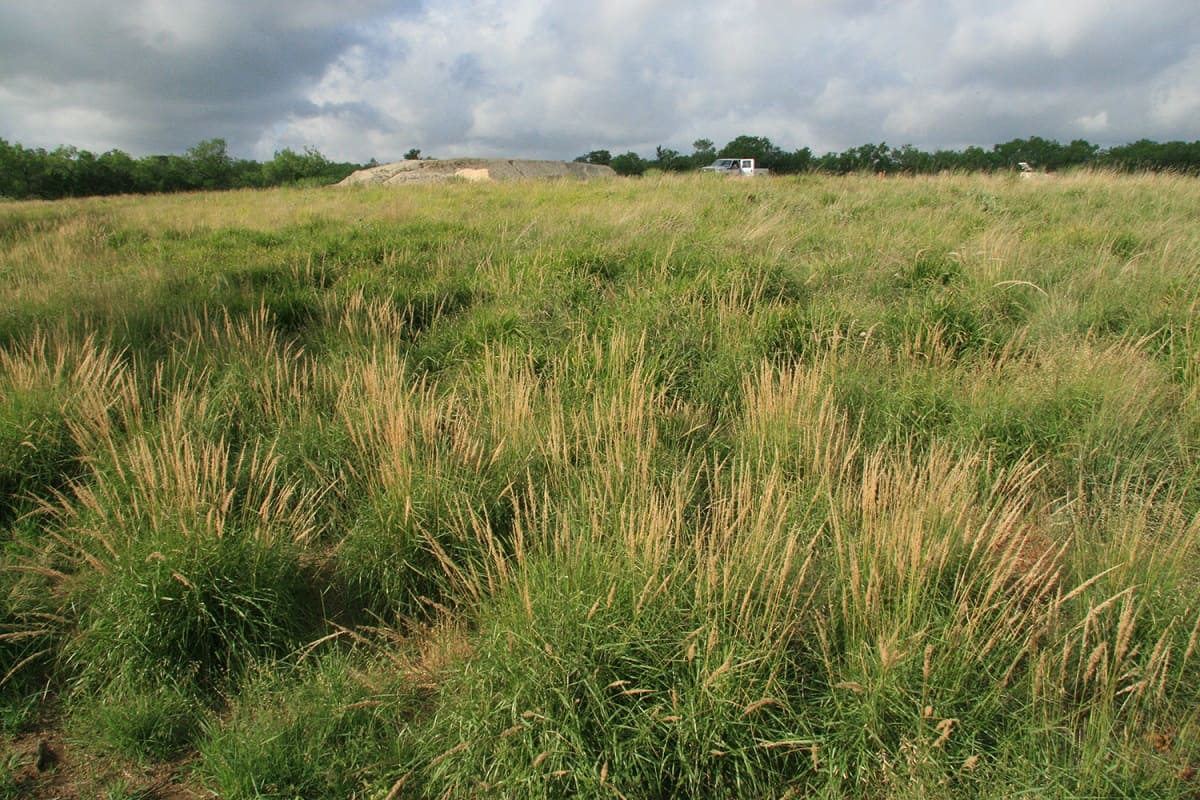

0 thoughts on “How And When To Do Lawn Care In Texas”